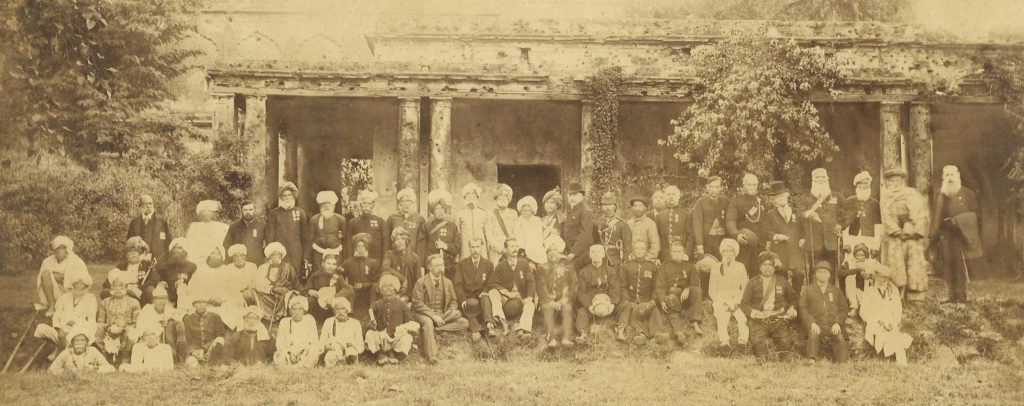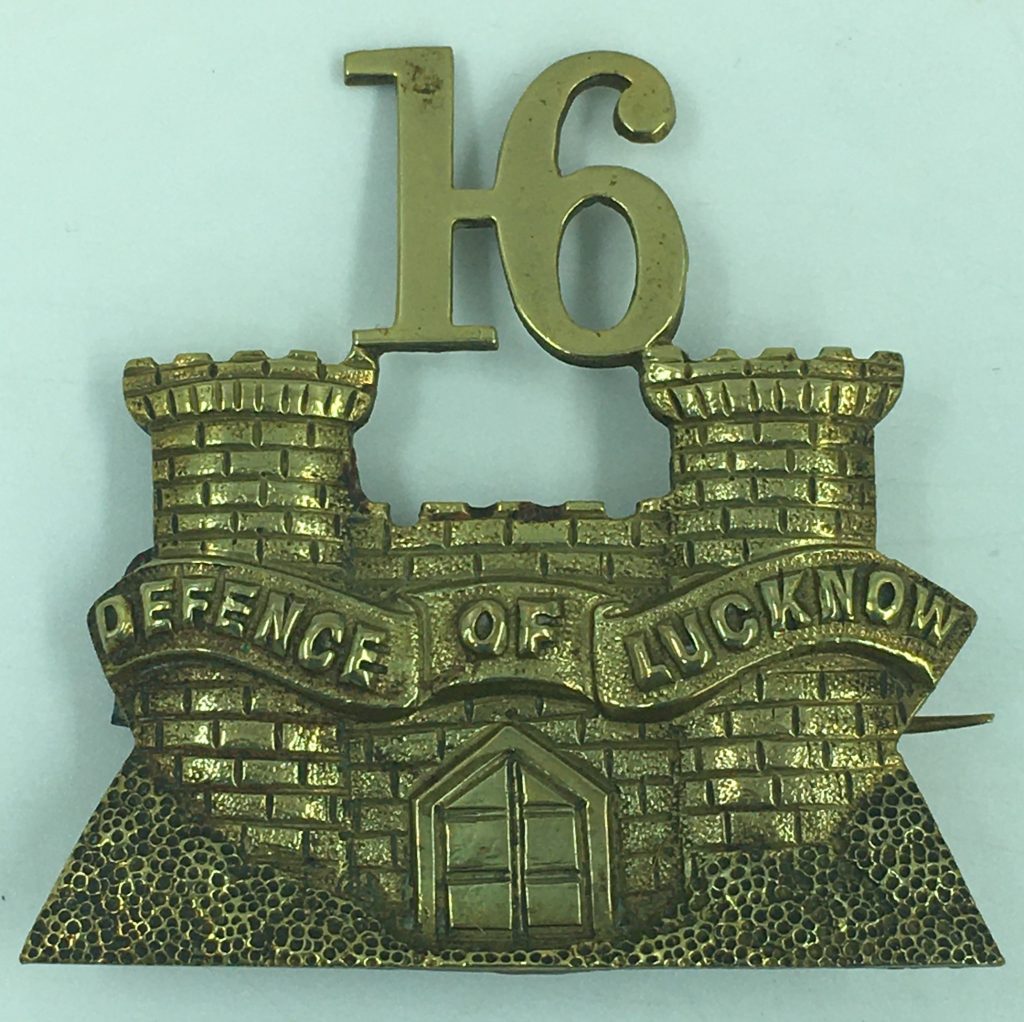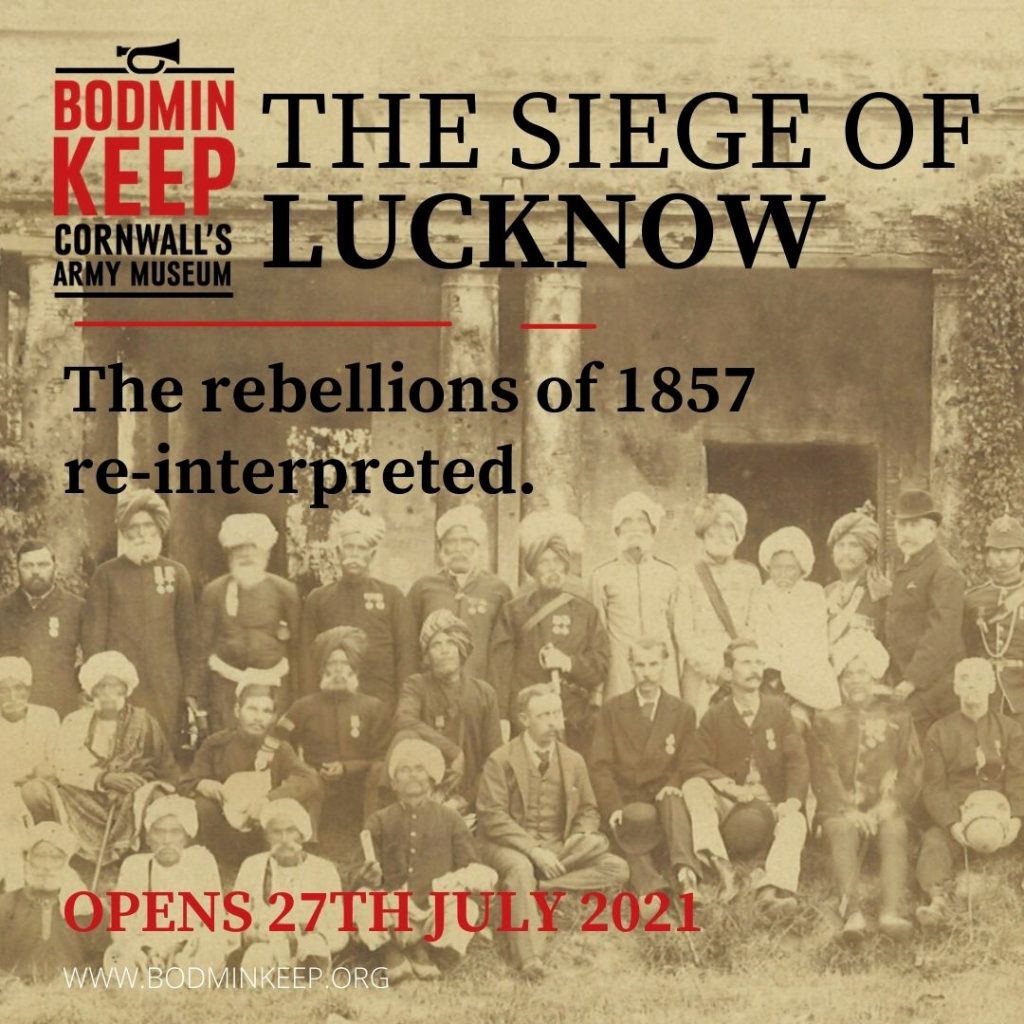The area of the museum dedicated to the ‘Indian Mutiny’ and the ‘Defence of Lucknow’ is being redisplayed by Isabella Hogan, Trainee Curator at Bodmin Keep, with support from our 2019-20 Citizen Curators who initiated the project.
1857 was a period of rebellion in which Indian soldiers and civilians challenged British rule in northern India. One of our regiments, the 32nd Regiment of Foot, was involved in the conflicts; they were held under siege by the rebels in the cities of Lucknow and Cawnpore.

Decolonising our collections
Museums across Britain are ‘decolonising’ their collections, changing the ways in which British colonial history is presented; in the same way our project can be labelled as a ‘decolonial’ one. Our goal is to provide a more detailed and accessible account of what happened in 1857 and why.
The reinterpretation of the display is being carried out by Isabella Hogan, our Trainee Curator. She has spent months researching and understanding the nuance of the rebellions to provide a more detailed and accessible account of what happened in 1857 and why it happened.
“For some people, the decolonisation of history represents a ‘re-writing’ of history in which people from the past are judged by today’s standards. However, to me, decolonisation is not about eradicating what happened; it’s not about ignoring the actions of white British soldiers and dismissing them point blank. Instead decolonisation contextualises their actions and expands the historical narrative to look at a broader range of perspectives.”
Expanding the historical narrative
From the British perspective, the rebellions of 1857 were a ‘mutiny’. To put it simply: in 1857 large groups of Indian soldiers employed by the British East India Company stopped following the orders of their British officers, and instead turned on them. Therefore, 1857 equals a ‘mutiny’. However, this idea of a ‘mutiny’ is only part of the story. For the rebels themselves, the rebellions were more of a fight for freedom or for independence; 1857 was an opportunity to rise up and stop British intervention in India.
Now it gets more complicated because colonialism is never as simple as ‘Britain versus their colonies’, in this case ‘Britain versus India’.

In 1857, ‘India’ was not a fixed concept – there wasn’t a united country. And this is another side of the story that we want to make clear in our redisplay. For example, we have some ‘pagri badges’ that belonged to Indian soldiers in the 16th Rajputs regiment. The 16th Rajputs were a regiment formed in the wake of the rebellions of 1857. It was made up of sepoys (a term for Indian infantry soldiers) from the 13th, 48th and 71st Bengal Native Infantry regiments who fought alongside the British forces at Lucknow.
These badges are made up of the number ’16’, a ribbon that reads ‘Defence of Lucknow’; and a depiction of a gate-house structure. This gate-house is the Baillie Guard Gate which the sepoys defended during the siege of Lucknow. Their actions at Lucknow lived on with the regiment as the 16th Rajputs were also known as the Lucknow Regiment.
Overall, this section of the museum will look very different, and I hope that it will be easier for people who are unfamiliar with the rebellions, to understand what happened, and why 1857 was significant. There will be colourful text panels, designed by our Citizen Curator, Lesley, on the walls as this is a complicated topic and it requires a better explanation than the one we currently give our visitors. We’ve scaled up some of our photographs and drawings so that people will be able to look more closely at the British and Indian soldiers and the city of Lucknow.
You vote!
The title of ‘Indian Mutiny’ is coming off the walls but the word mutiny is not being written out of our display. It is important to show how these rebellions have been remembered in British history and so we cannot just forget the term ‘mutiny’. Instead we’ve set up a voting area where people can place tokens into different boxes to tell us how they would refer to the events of 1857.
by, Isabella Hogan – Trainee Curator

The NEW Lucknow display opens 27th July 2021 at Bodmin Keep.


